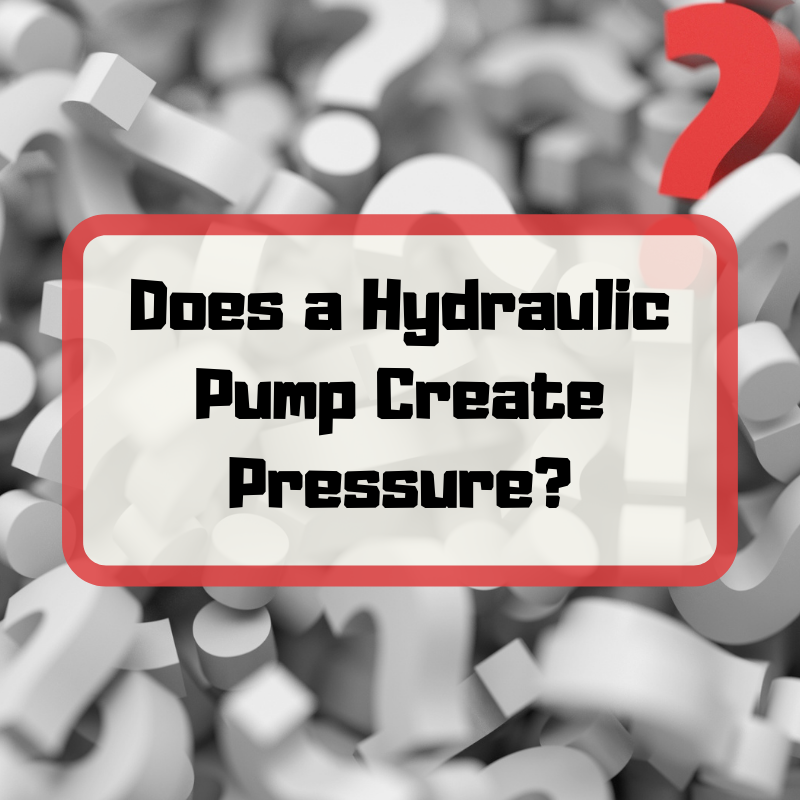KWentling
Veteran Member
- Joined
- Jun 22, 2002
- Messages
- 1,182
- Location
- Rozet, Wyoming
- Tractor
- Kubota BX22, Kubota ZD21, Kubota M7060
I've too have often wondered why folks make that counter intuitive statement. It would be difficult to have pressure without a pump.
I realize that there also has to be resistance of some kind to create pressure.
I think technically it is a true statement as pressure is a reaction to a load/resistance. If it wasn't connected to anything it would not develop pressure. It's kind of a useless statement but I have read that very thing before.



